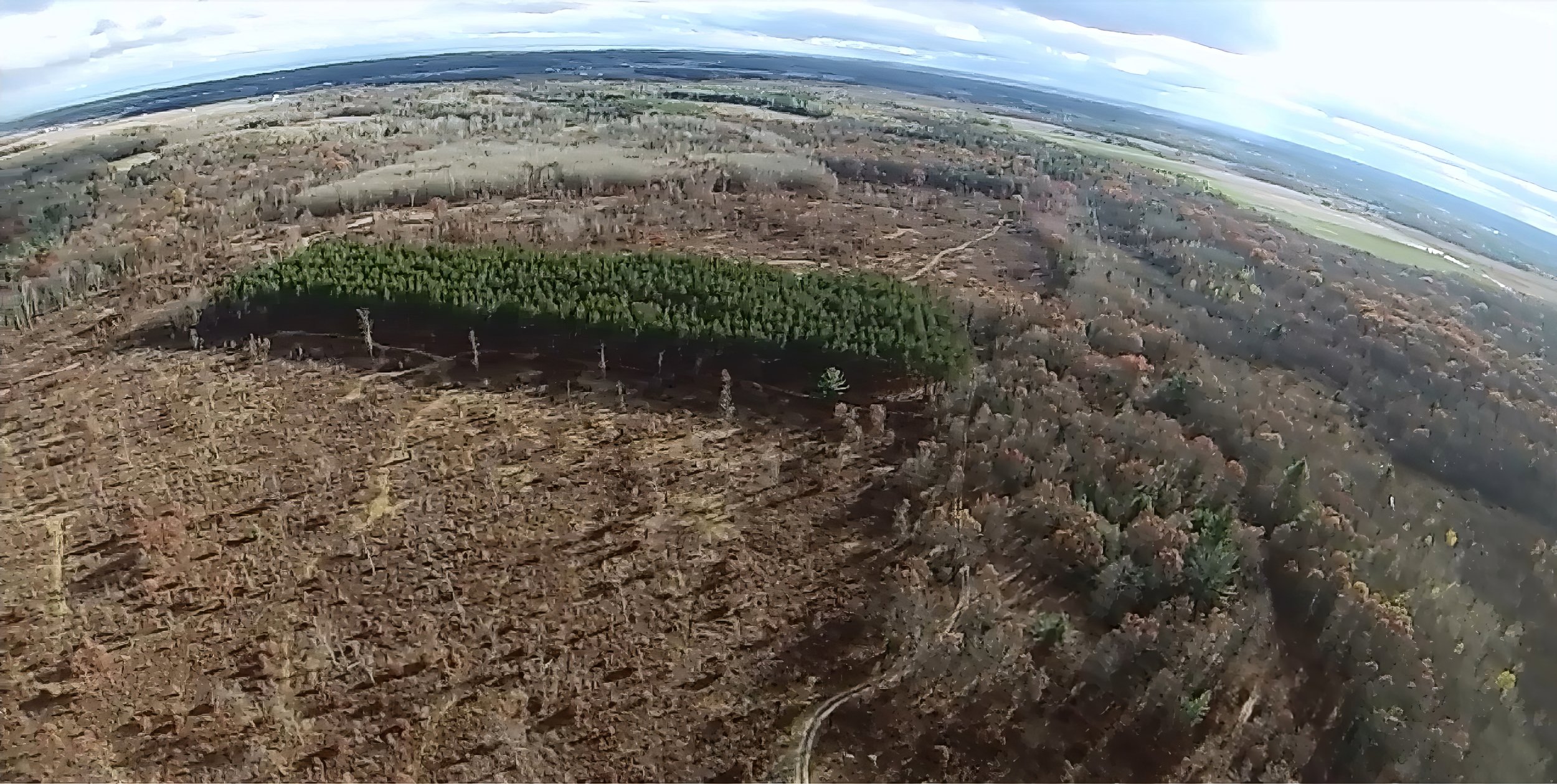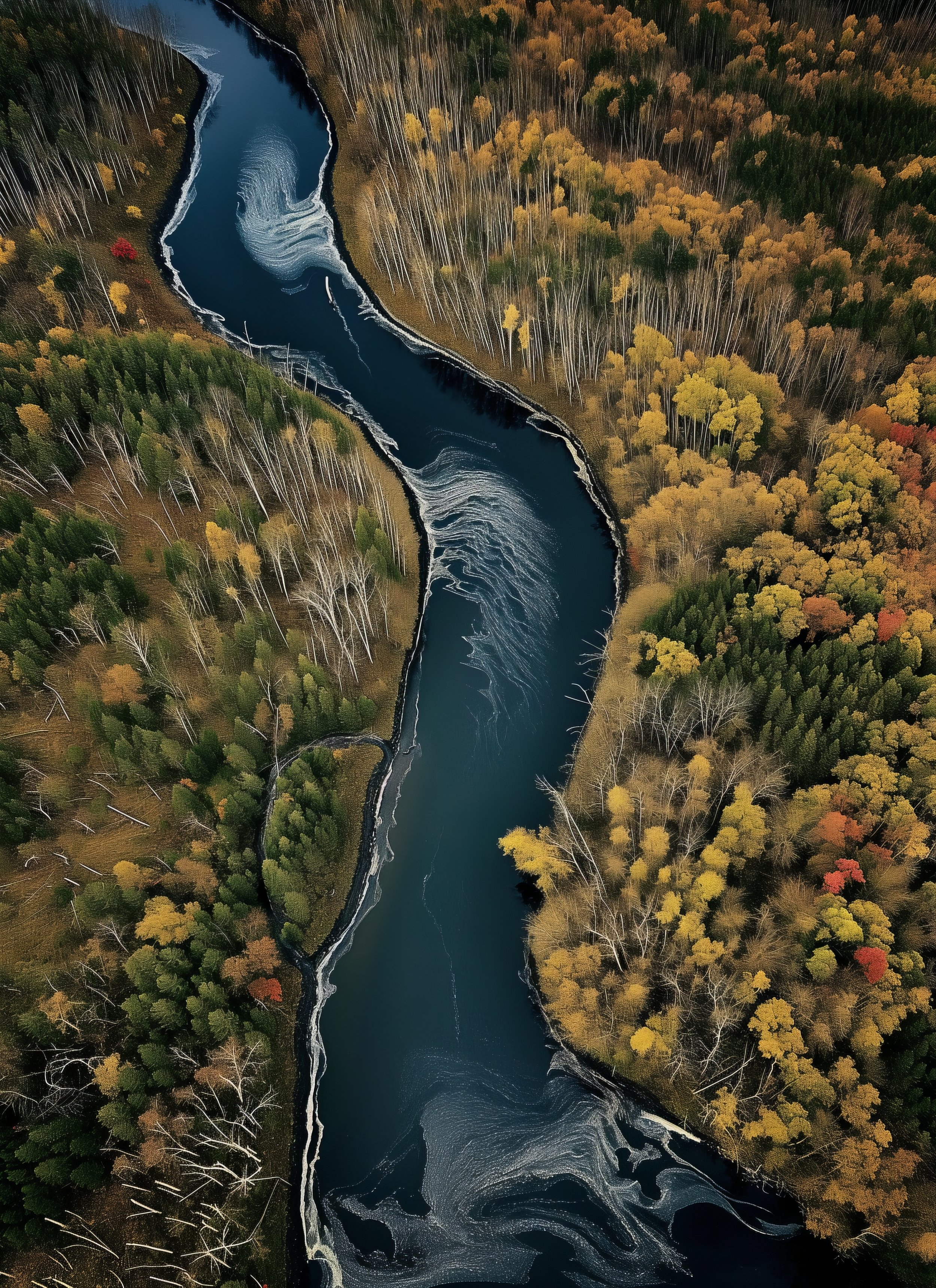Drones Have Chaged The Scouting Game








Sick of chasing ghost trails and tired of not seeing that elusive buck? Enter the drone: your ultimate scouting weapon. These aerial assassins let you map hidden territories, pinpoint active rubs and scrapes, and live-stream deer highways from the comfort of your camo throne. No more bushwhacking for hours - just pure, unadulterated intel dominance. At Busy Hunter, we're all about making you a ninja scout, so ditch the guesswork and level up your game with our expert tips and killer drone intel. Buckle up, because scouting season just got a whole lot more exciting.
Unlocking the Scouting Potential of Drones: A Guide for Responsible Use
Imagine soaring above the landscape, pinpointing hidden trails and prime hunting spots. Drones under 250 grams offer a revolutionary tool for ethical and legal scouting in many states.
Good news for drone enthusiasts! Several states welcome responsible drone scouting during hunting seasons. Some states may also allow it outside of hunting seasons, but always check each state's specific regulations for clarity.
Before you take flight, remember that not all states share the same enthusiasm for drone scouting.
Michigan prohibits drone scouting for hunting purposes, both during and outside hunting seasons.
Always double-check your state's regulations to avoid unintended consequences.
As a responsible drone pilot, adhere to the FAA's general operating rules:
Maintain a visual line of sight.
Stay below 400 feet.
Avoid flying near other aircraft or over people.
Go beyond the rules and embrace ethical drone scouting practices:
Respect wildlife: Avoid disturbing animals with your drone's presence or noise.
Focus on the bigger picture: Use drone footage as a valuable scouting tool, not a guaranteed hunting advantage.
Mind your privacy: Obtain permission before flying over private property.
Drone operations are prohibited within the boundaries of all 417 National Parks managed by the National Park Service (NPS). This policy was implemented in June 2014 due to concerns about the potential negative impact of drones on visitor safety, park staff, wildlife, and the overall park experience.
Recreational pilots can fly drones in national forests as long as they follow FAA guidelines and avoid Temporary Flight Restrictions (TFRs) and Wilderness Areas in most states.
Fire restrictions: During wildfire season, certain forests may have temporary bans on drone flights due to safety concerns. Be sure to check for any active fire restrictions before flying.
Stay informed: Regulations can change, so keep yourself updated.
By embracing responsible drone use, you can unlock the vast potential of this technology for ethical and enjoyable scouting experiences.
Explore these resources to learn more and become a responsible drone pilot:
Check the FAA's website for current restrictions: https://www.faa.gov/uas
USDA Forest Service drone FAQ: https://www.fs.usda.gov/visit/know-before-you-go/recreational-drone-tips
Know Before You Go - Recreational Drone Tips: https://www.fs.usda.gov/visit/know-before-you-go/recreational-drone-tips
State forestry agency websites: Many state forestry agency websites have sections on drone regulations within their forests.
Remember, responsible drone use paves the way for a positive future for this exciting technology in the hunting community. Let's fly smart, fly safe, and fly ethically! Join the movement of responsible drone pilots and let's explore the ethical possibilities of this technology together.
Let's focus on scouting drones under the 250g mark for the following reasons.
Drones Under 250 Grams, Registration Not Required, Remote ID Not Required/ Pilot Certification Not Required for Recreational. Less overall restrictions. You will still need to follow all general drone restrictions.
Here are the top drones under 250 grams that are suitable for filming and used as scouting tools that I have tested.
DJI Mini 3 Pro
Personal Insights: This model is often celebrated for its top-notch camera capabilities and the longest flight time in its category, making it a favorite among photography and videography enthusiasts. The 12km range and tri-directional obstacle avoidance are also highly appreciated. However, some users have mentioned its slightly higher price tag of approximately $760 and a bulkier design compared to other models.
DJI Mini 4 Pro
Personal Insights: Users are generally impressed with the Mini 4 Pro's exceptional camera quality and the longest distance range available, which stands at 18km. Its omnidirectional obstacle avoidance system is seen as a significant upgrade, enhancing safety and usability. The price, around $760, is noted as a bit steep, but many find the advanced features justify the cost.
DJI Mini 2
Personal Insights: The DJI Mini 2 is often recommended for its great value, priced around $380. It's particularly popular among beginners and casual drone users due to its decent 4K camera, 31-minute flight time, and 10km range. The lack of obstacle avoidance is noted, but its compact design and overall performance make it a favored choice for those on a budget.
Autel EVO Nano+
Personal Insights: With a price point of approximately $799, the Autel EVO Nano+ is commended for its competitive camera quality, ranging from 12.5 to 50MP, and its basic obstacle avoidance capabilities. Users appreciate its compact size, making it a convenient option for travel and outdoor adventures. It's often seen as a strong alternative to the top DJI models, especially for those looking for a slightly different feature set.
Additional Notes:
DJI Mini 2 SE and DJI Mini SE: These models are recognized for their good value but are also noted for having limitations in camera quality and distance capabilities.
Holy Stone HS710: This is viewed as a budget-friendly option, suitable for those not requiring long flight times or extensive range. It's less favored by more demanding drone users.
Overall Consideration:
Choosing the best drone is highly individualized, depending on specific needs like budget, camera quality, flight time, range, obstacle avoidance, and portability. Personal preferences play a significant role in determining the ideal drone for each user.







